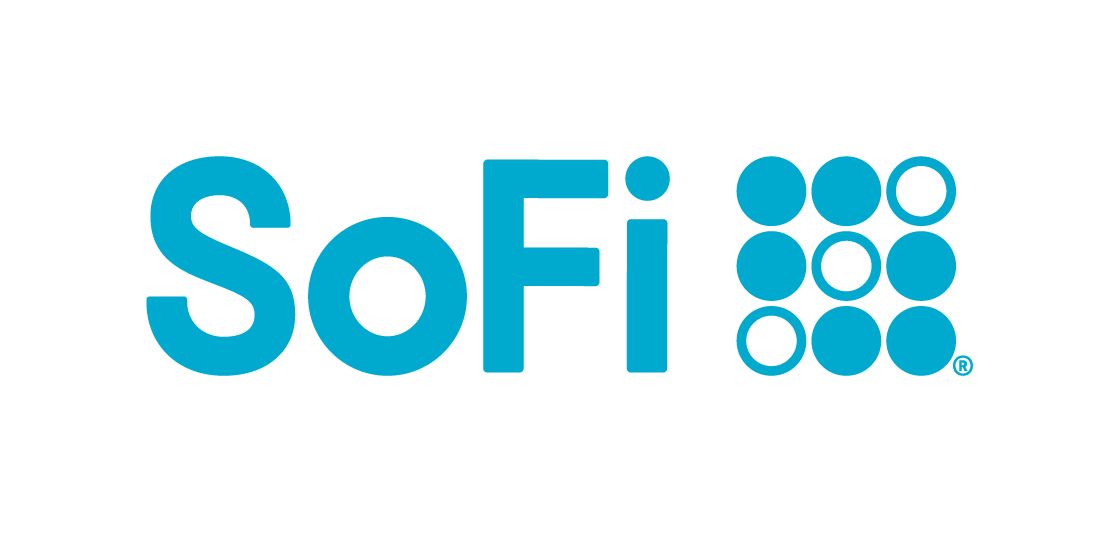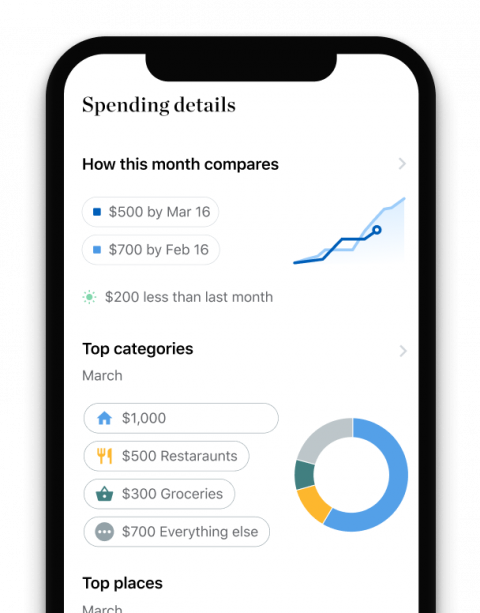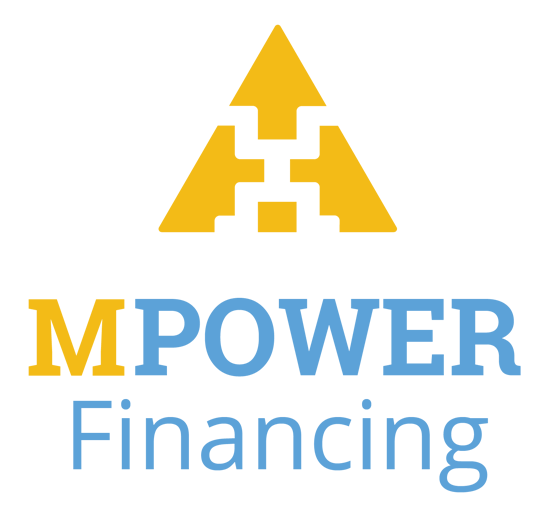Law Eases the Way for Borrowers to Pay Student Loans, Invest

Many or all of the products featured here are from our partners who compensate us. This influences which products we write about and where and how the product appears on a page. However, this does not influence our evaluations. Our opinions are our own. Here is a list of our partners and here's how we make money.
Student loan borrowers are facing unprecedented amounts of debt. On top of job uncertainty and high inflation, borrowers are left to figure out how to save for retirement as monthly loan payments take a chunk out of their paychecks. But a federal law could make saving for retirement while paying student loan debt a little easier.
On Dec. 29, 2022, President Joe Biden signed into law the Secure 2.0 Act of 2022. This legislative act is part of a broader spending bill that outlines federal government funding through fall 2023 and allocates funds to other initiatives — such as increasing the number of student loan borrowers who save for retirement.
Beginning in January 2024, employers can treat “qualified student loan payments” as contributions to a retirement savings plan — meaning an organization can match all or a portion of the student loan payment and deposit that money into an employer-sponsored retirement plan, like a 401(k).
Qualified student loan payments are those put toward a debt taken out for eligible higher education expenses incurred by the employee, according to a U.S. Senate Finance Committee summary.
It is currently unclear if there are any restrictions on the type of student loans — federal or private — that qualify or if the borrower needs to be on a standard repayment plan (vs. an income-driven repayment plan or loan forgiveness program).
Student loan refinancing from our partners

on SoFi
SoFi
5.0
NerdWallet rating
5.0
NerdWallet rating5.24% - 9.99%
650
on SoFi
on Earnest
Earnest
5.0
NerdWallet rating5.0
NerdWallet rating5.19% - 9.74%
650
on Earnest

on Splash Financial
Splash Financial
5.0
NerdWallet rating
5.0
NerdWallet rating6.64% - 8.95%
650
on Splash Financial
How the Secure 2.0 Act can help student loan borrowers
The new law lands amid a $1.65 trillion student debt crisis. Federal student debt alone impacts nearly 46 million borrowers — with the average bachelor’s degree borrower owing around $29,400, based on 2021-22 data from the College Board, a not-for-profit association of over 6,000 educational institutions. This student loan debt can get in the way of employees saving for retirement.
In a 2023 Fidelity report, 67% of respondents said student loans impacted how they saved for retirement. As well, 65% of respondents that took advantage of the federal payment pause during the pandemic state concern for how they will repay their loans now that the pause has ended.
Nearly half of millennial and Generation X borrowers have tapped into their retirement savings to cover expenses, according to a 2022 survey from E*TRADE. In the same survey, covering education costs or paying down student loans were among the top reasons millennial workers (ages 25-34) didn't save as much as they wanted to for retirement.
How the Secure 2.0 Act might affect an employee on a standard federal student loan repayment plan
Let’s say an employer matches 100% of an employee’s 401(k) contribution for up to 4% of their base salary. A recent graduate earning the average starting salary of $58,862 would need to contribute $196 to their 401(k) each month to take full advantage of the employer match.
If the recent graduate is making qualified student loan payments of $379 (based on the estimated payment on a $35,000 student loan with a 5.5% federal interest rate and standard 10-year repayment term) their employer, starting January 2024, could count this monthly student loan payment as the employee’s 401(k) contribution.
Before the new law, the employee would have to put $196 a month from their pay into their 401(k) to receive the $196 a month 401(k) contribution from their employer. Under the new law, the employee would make their $371 monthly student loan payment only and would also receive the $196 a month employer 401(k) contribution.
The Secure 2.0 Act is not a cure-all
With the new law in effect January 2024, there remains questions about which employers will provide this benefit, whether both private and public sector industries will participate and the logistics of how it will roll out.
And it won’t help everyone. Struggling borrowers, including those in default or forbearance with their student loans, may not be able to cover their student loan bills each month — and would miss out on any employer retirement savings match.
Borrowers who never got the expected value from their degree — who struggle to earn a wage that justifies the amount of debt — may also not benefit much either.
What else is included in the Secure 2.0 Act?
Student loan payments as elective deferrals are just one of many consumer-friendly features of the Secure 2.0 Act:
401(k) auto-enroll. Employers must automatically enroll employees into the company-sponsored retirement plan once they become eligible.
Rollover 529 to Roth IRA. A beneficiary of a 529 college savings plan can roll over up to $35,000 to a Roth IRA, penalty-free if the 529 account was open for at least 15 years.
Penalty-free early withdrawal from tax-preferred retirement accounts. Up to $1,000 a year can be withdrawn, penalty-free, for qualified emergency expenses.
Saver’s match. Eligible individuals can receive a 50% match contribution by the federal government for up to $2,000 deposited directly into qualified retirement savings accounts. This replaces what was previously a tax credit for IRA and retirement plan contributions.
Pension-linked employer savings accounts. Employers can offer non-highly compensated employees pension-linked emergency savings accounts that include employer and employee contributions. Four withdrawals would come free of fees and penalties.
Student loan refinancing from our partners

on SoFi
SoFi
5.0
NerdWallet rating
5.0
NerdWallet rating5.24% - 9.99%
650
on SoFi
on Earnest
Earnest
5.0
NerdWallet rating5.0
NerdWallet rating5.19% - 9.74%
650
on Earnest

on Splash Financial
Splash Financial
5.0
NerdWallet rating
5.0
NerdWallet rating6.64% - 8.95%
650
on Splash Financial



